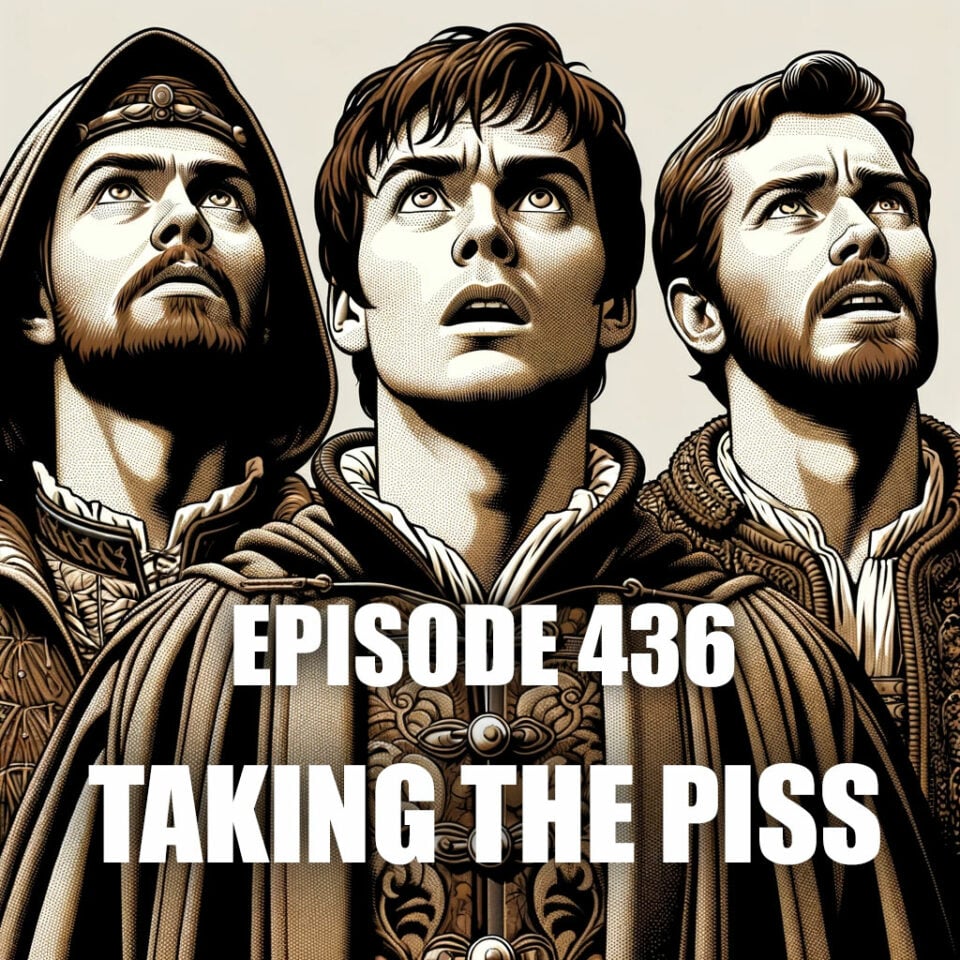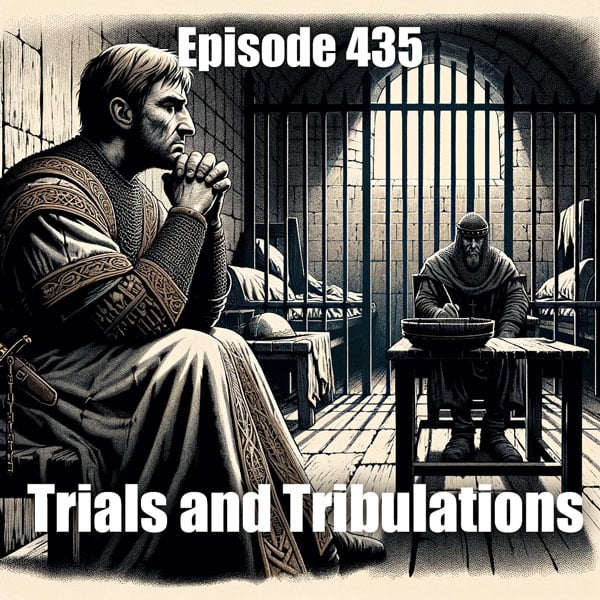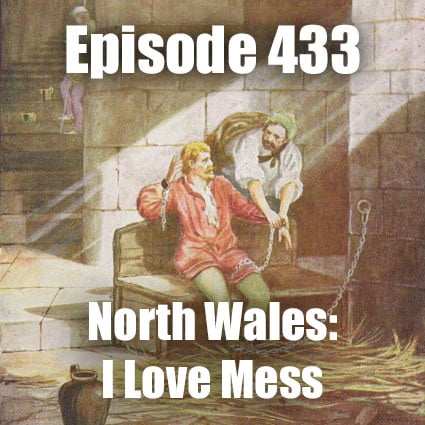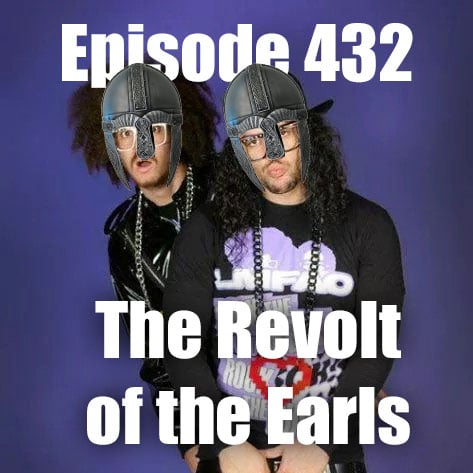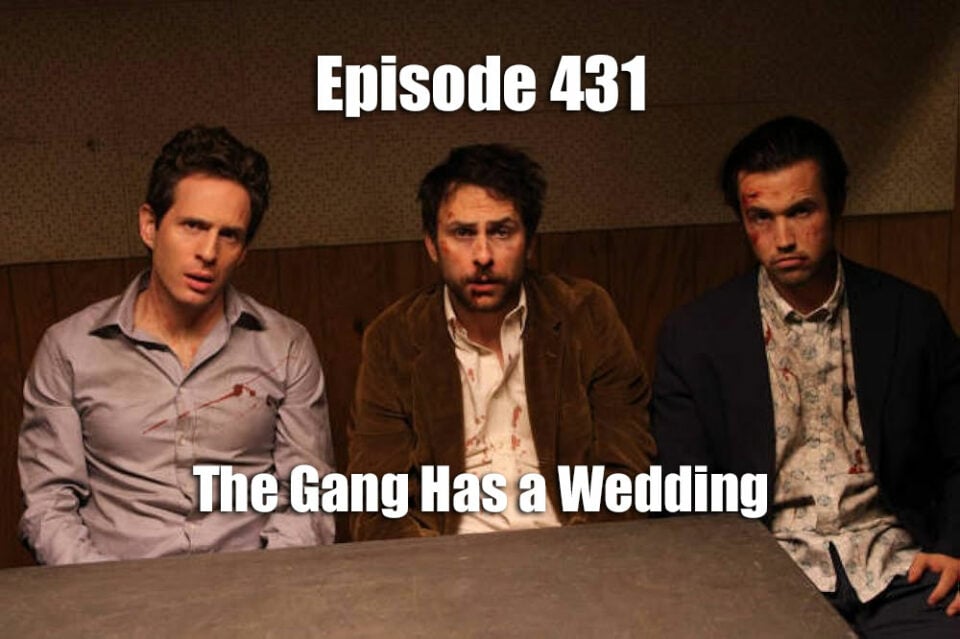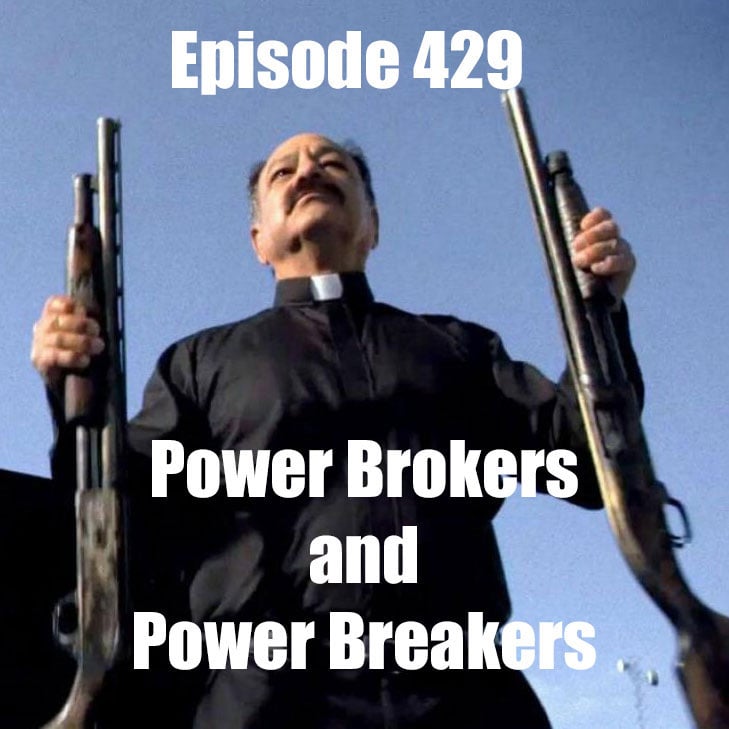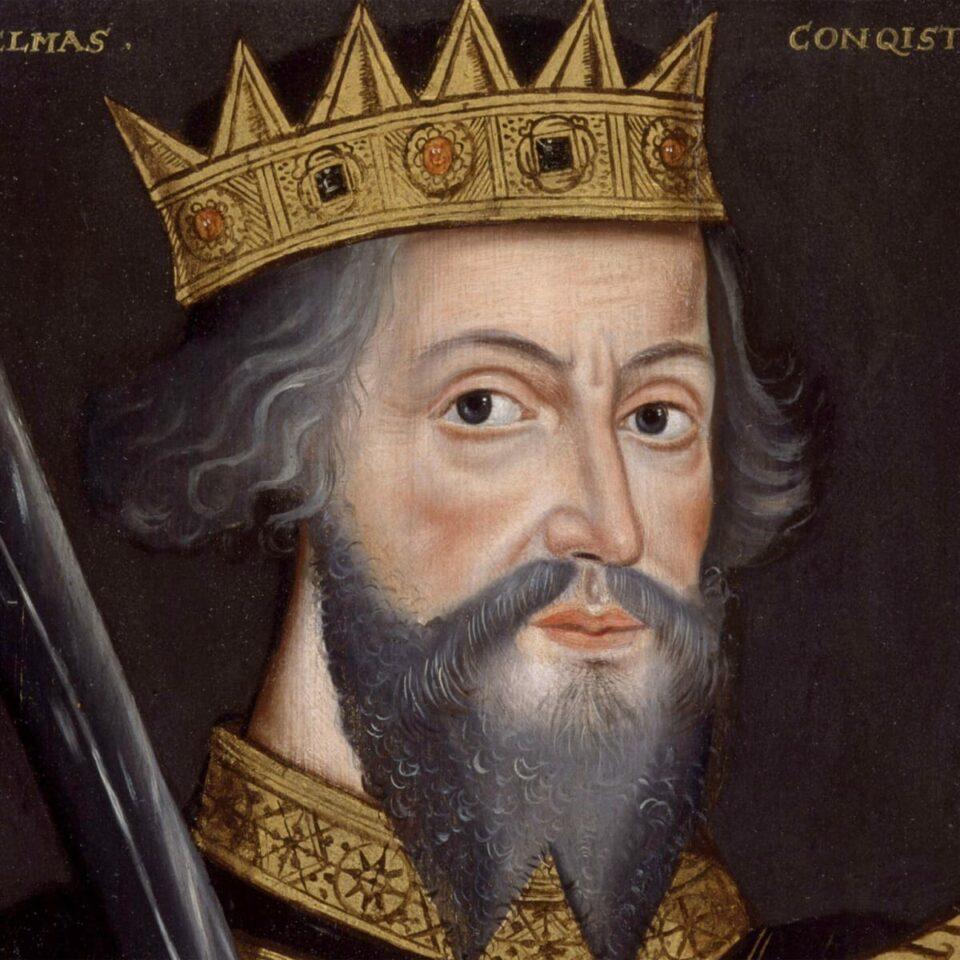Podcast: Play in new window | Download
Crown Prince Robert and his knights had been humiliated by Rufus and Henry and the royal hall erupts into chaos. This unprecedented public disgrace challenges the honor culture deeply ingrained in Norman society, sparking outrage and a quest for vengeance. The altercation underscores a volatile rivalry within the royal family, exposing deep-seated tensions and ambitions that threaten the fabric of their relationships and sets off a chain of events that could redefine the power dynamics within the Norman hierarchy.
Rough Transcript Below:


